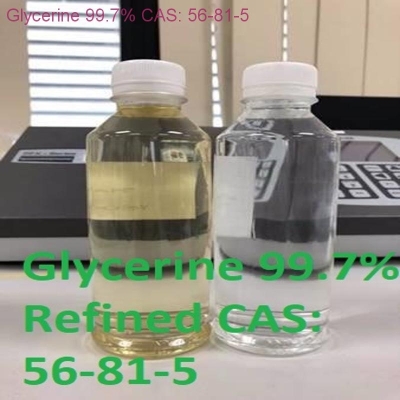-
Categories
-
Pharmaceutical Intermediates
-
Active Pharmaceutical Ingredients
-
Food Additives
- Industrial Coatings
- Agrochemicals
- Dyes and Pigments
- Surfactant
- Flavors and Fragrances
- Chemical Reagents
- Catalyst and Auxiliary
- Natural Products
- Inorganic Chemistry
-
Organic Chemistry
-
Biochemical Engineering
- Analytical Chemistry
- Cosmetic Ingredient
-
Pharmaceutical Intermediates
Promotion
ECHEMI Mall
Wholesale
Weekly Price
Exhibition
News
-
Trade Service
Eosinophilic esophitis (EoE) is characterized by chronic esophal inflammation, and eosinophil immersion can lead to esophal remodeling and narrow formation.
Treatments for this disease include mechanical dilation therapy and proton pump inhibitor (PPI) anti-inflammatory therapy, local steroids or diet therapy to eliminate diet, etc., although drug therapy may have some effect on reducing esothra stenosis, but mechanical expansion of the esovirus is still the main way to reshape the esovirus and reduce fibrosis.
study aims to further assess the relationship between short-term histological relief and maintenance therapy, as well as the effects of long-term conservative maintenance therapy on disease recurrence.
researchers included 77 patients with eosinophilic esopheditis (59.7% male) who were treated at medical centers from June 2000 to August 2017; Average age 41.6 years).
collect information about the history of mechanical expansion before, during and after treatment (proton pump inhibitors (PPI), steroids, dietary use).
follow-up was 164 weeks.
51 patients achieved histological remission, of which 42 were still receiving maintenance therapy (23 were treated with PPI, 14 were treated with topical steroids, and 5 were treated with dietary therapy).
esothy tube narrow is defined as the eso pipe is less than 17 mm.
a statistical analysis of the stenosis of all patients.
the proportion of patients receiving maintenance therapy (12/42) requiring repeated mechanical dilation decreased significantly compared to patients who did not receive maintenance treatment (8/9) (risk ratio of 0.12;p .lt;0.001).
9.1% of patients receiving maintenance therapy need to expand again.
the difference between patients who achieved histological remission after treatment (14/26) and those who did not achieve histological remission (20/51) and the need for repeated dilation was not significant (risk ratio 1.34; p s 0.45).
a retrospective analysis of patients with eosinophilic esopheditis, they found a significant reduction in the proportion of patients receiving maintenance therapy (PPI, steroids, or dietary rejection) who needed repeated dilation, the authors concluded.
long-term conservative treatment is effective.







